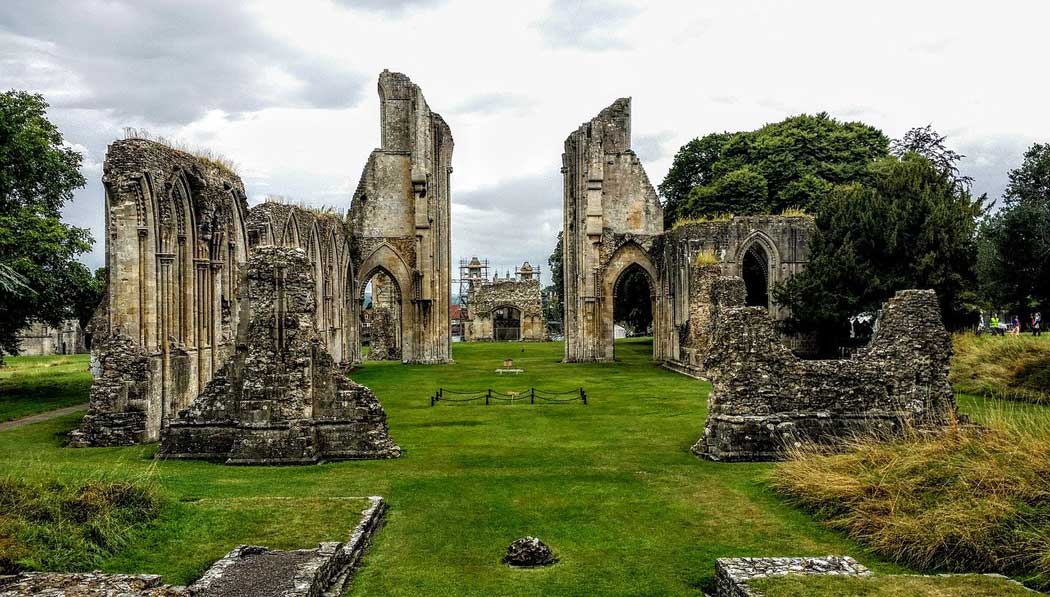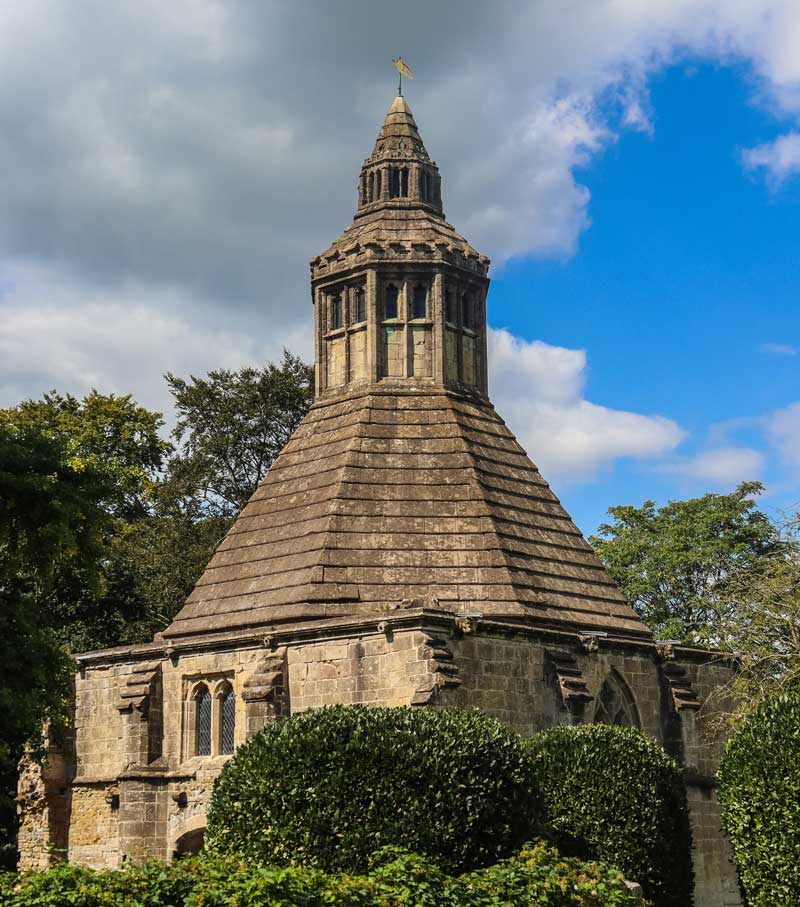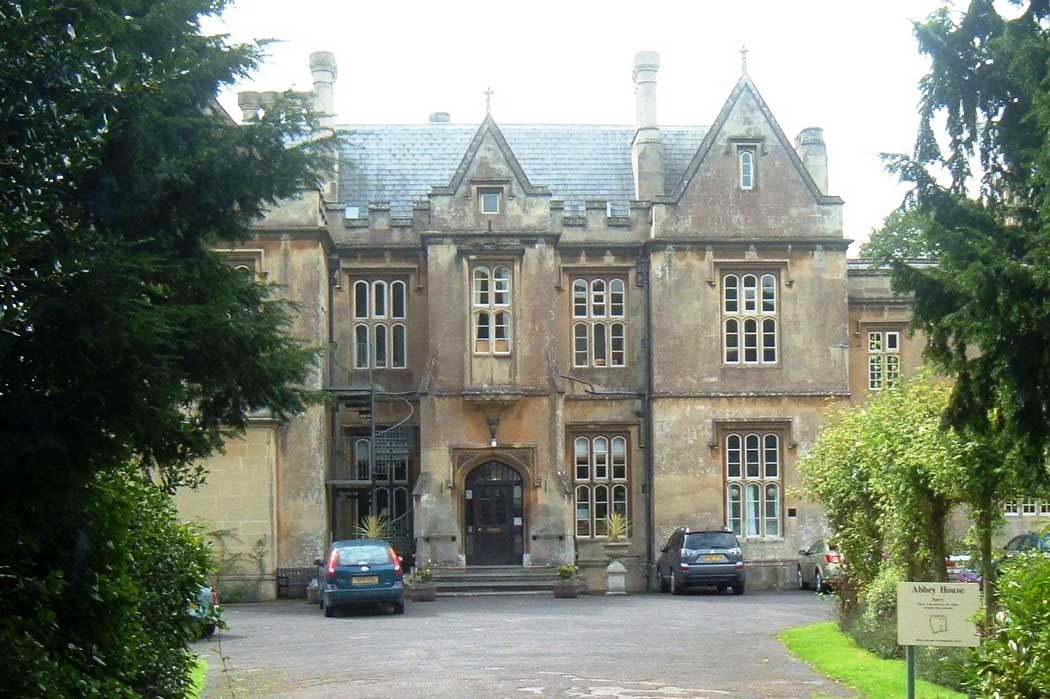Glastonbury Abbey is a significant historical site. It dates from the 8th century and was one of the richest monasteries in England until was closed during the Dissolution of the Monasteries. There are many legends surrounding the abbey and King Arthur and Queen Guinevere are believed to be buried here.
The abbey was founded in the 8th century and it had become the richest Benedictine monastery in England by the time the Domesday Book was compiled following the Norman conquest.
The abbey was destroyed by a fire in 1184 and was subsequently rebuilt and once again became one of the country’s most powerful monasteries and by the 14th century, only Westminster Abbey was more richly appointed.
The abbey was closed in 1539 during the Dissolution of the Monasteries and subsequently fell into disrepair, although two of the abbey’s manor houses in Wiltshire (including Longleat House) were sold to John Thynne, whose descendants would later become the Marquesses of Bath.
Like other places in Glastonbury, the abbey is steeped in legend. Some people claim that the abbey was founded in the first century by Joseph of Arimathea. It has been associated with King Arthur since the 12th century and legend has it that Glastonbury Abbey is the final resting place of King Arthur and Guinevere. However, the authenticity of these claims has been disputed by historians and it has been suggested that the legend originates from claims made in the 12th century whilst raising funds to rebuild the abbey.

What to see at Glastonbury Abbey
Glastonbury Abbey is a Grade I listed building. It is set on 14.56ha (36 acres) of grounds that include the abbey and associated buildings including the Abbot’s Kitchen, the abbey library, Abbey House and the Lady Chapel. Abbot’s Kitchen and the Lady Chapel are also designated as Grade I listed buildings.
Visitors can see many of the abbey’s artefacts in the museum in the abbey’s visitor centre. The museum also includes a model showing how the abbey would have appeared in 1539.
The Great Church was 67m (220 ft) long and 14m (45 ft) wide with a 47m- (155 ft)-long choir and a 49m- (160 ft)-long transept. The Lady Chapel is in better condition with its walls mostly intact
The 14th-century Abbot’s Kitchen is considered one of the best-preserved medieval kitchens in Europe. The kitchen contains four large fireplaces and the building is supported by curved buttresses supporting an octagonal pyramid-shaped roof. It is the only substantial monastic building at Glastonbury Abbey to not have fallen into ruin.

Located at the northwestern corner of the abbey precinct, St Patrick’s Chapel was built less than 30 years before the abbey was closed and was primarily used as a chapel to the almshouses that would have been nearby.
Now in ruins, the abbey library originally housed a collection of important books including ancient histories of England. Around 40 of the original manuscripts are believed to have survived after the Dissolution of the Monasteries.
The Tudor Gothic Abbey House was built between 1829 and 1830 and was used by the Diocese of Bath and Wells until as recently as 2018. Nowadays it is used for events and corporate functions, although it is occasionally open to the public for special events.

Glastonbury Abbey’s extensive grounds also contain medieval herb and kitchen gardens as well as an orchard with historically significant cider apple trees.
Visiting Glastonbury Abbey
Glastonbury Abbey comprises a large area to the southeast of the town centre and its main entrance is on Magdalene Street next door to the town hall.
The admission charge is £11, which is fairly reasonable considering how much there is to see here.
Most of the site is wheelchair accessible with the exception of the crypt of the Lady Chapel.
There is an on-site cafe and the abbey’s location near the centre of town means that there are many other places to eat and drink nearby. Your entry ticket lets you come and go during the day so it is no problem to leave the site to visit a local pub for lunch and then return later in the day.
You should allow a minimum of an hour to visit Glastonbury Abbey, although many visitors stay much longer.
We may earn a small commission if you book after clicking the links below.


There are no comments yet.